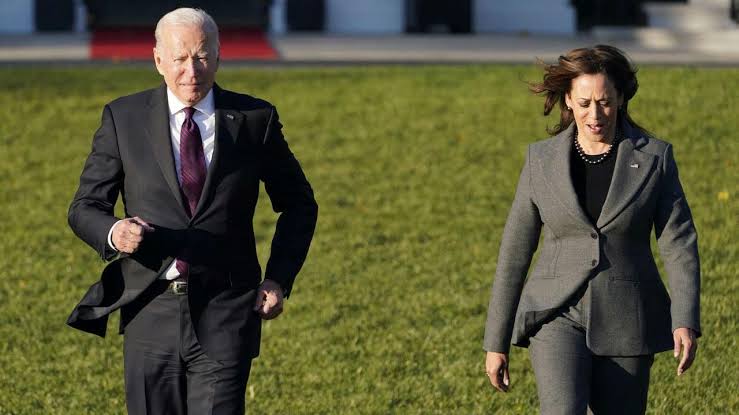Washington Examiner
The House voted Friday to advance President Joe Biden’s multitrillion-dollar welfare and climate change spending legislation, the so-called “Build Back Better” agenda. Speaker of the House Nancy Pelosi led the charge and made an impassioned speech promoting the legislation. There’s just one problem: Almost every single major factual claim she made about the “Build Back Better” agenda is false.
“Build Back Better is fully paid for. It reduces the deficit and grows the economy,” Pelosi said on the House floor.
This is incorrect on all counts.
The “Build Back Better” plan will likely cost taxpayers up to $4.9 trillion — and no, it isn’t “fully paid for” by offsetting tax increases. (Even if it were, that’s an insane amount of money going to wasteful government spending schemes.) The nonpartisan Congressional Budget Office concluded that the bill would add $367 billion to the deficit over 10 years — or about $160 billion if one factors in the money possibly raised by the legislation’s enhanced IRS tax crackdowns.
Either way, that’s not “fully paid for,” and it’s certainly not a deficit reduction.
And that’s under the rosy, unrealistic assumption that the “temporary” spending programs actually are temporary. In reality, many will become permanent, and Democrats have openly stated their desire to extend them. The Wharton School of Business modeled a more realistic scenario in which much of the “Build Back Better” spending is made permanent. It found that government debt would increase by 25% over 30 years — which means trillions of dollars in new debt on the shoulders of taxpayers.
At least this investment will “grow the economy” like Pelosi says, right?
Yeah, no.
The “Build Back Better” agenda creates countless new government programs, such as electric vehicle tax credits that flow largely to the wealthy, increased child tax credits, the creation of a “Civilian Climate Corps” to pay young people to do environmental activism, and healthcare subsidies that even go to the wealthy. Some of these programs may have some benefits. But the resources invested in them don’t magically appear out of thin air. Every dollar spent by the government is, directly or indirectly, a dollar not invested elsewhere in the economy by the productive private sector…



